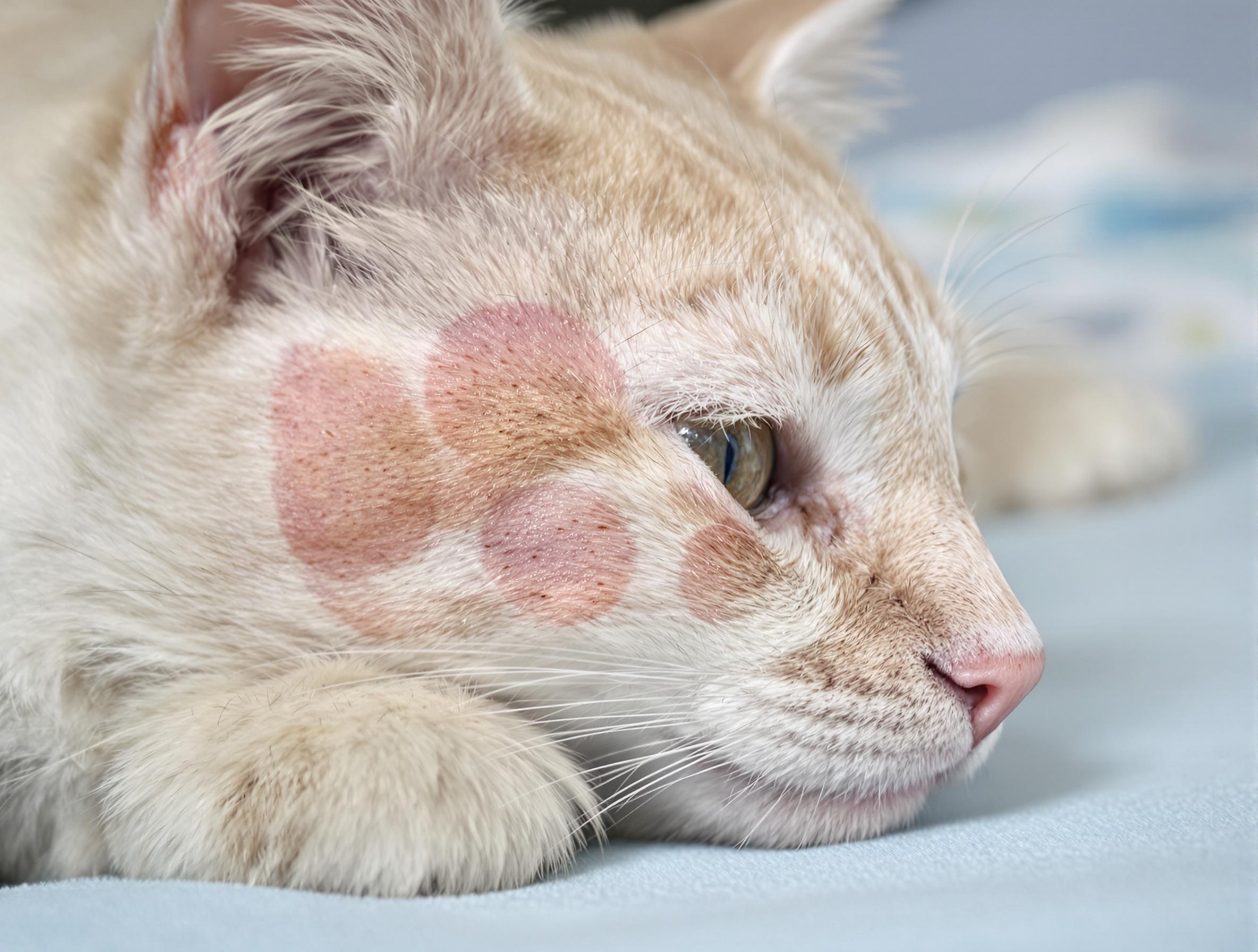How to Identify Fleas on Pets: A Helpful Guide

Key takeaways:
- Recognizing and quickly identifying fleas on your pet can prevent discomfort and potential health issues.
- Regular grooming and a comprehensive flea check can effectively detect fleas and contribute to flea prevention.
- Consistent preventative measures, including traditional treatments and natural options, help maintain a flea-resistant environment for your pet.
- Consult your vet to determine the best flea treatment for your pet.
Though tiny, fleas can turn your pet’s world upside down. Whether you have a young kitten or a senior dog, fleas can affect pets of all ages. Luckily, prevention and knowing the signs to look for can help you head off major issues. This guide will walk you through the telltale signs of fleas and give you an overview of potential treatment options.
If you are currently experiencing a flea infestation or suspect your pet has fleas, schedule a visit with your local vet for expert guidance. For further information about fleas and other helpful pet care topics, explore our Flea & Tick Control category.
Recognizing Signs of Fleas on Pets
Fleas are tiny, but their presence can cause big discomfort for your pet. Some signs are obvious, but others can be harder to detect—especially in pets with thick fur. Knowing what to look for can help you catch fleas early and prevent them from becoming a bigger problem. Here are four symptoms to look for if you suspect your pet has fleas.
1. Flea Dirt
Looking closely at your pet’s fur, you might notice tiny black specks that look like scattered pepper—one of the most reliable signs of fleas. These specks, known as flea dirt, turn reddish-brown when placed on a damp white paper towel.
2. Behavioral Changes
Your pet’s behavior can signal the presence of fleas. Watch for increased scratching, biting, or rubbing, especially around the neck, tail base, and belly. If your furry friend seems more restless than usual or shows signs of discomfort while resting, fleas could be the cause.
3. Mild Skin Reactions
A closer look at your pet’s skin might reveal small, reddish areas or tiny raised bumps, often appearing on the belly or inner thighs. Many pets experience these mild but itchy reactions, which can be relieved with proper treatment.
4. Patches of Missing Fur
During grooming sessions, you might find patches of missing fur or irritated skin. This often happens due to excessive scratching or allergic reactions to flea bites.
If you notice any of these changes, contact your veterinarian for a check-up. Early intervention helps resolve flea problems quickly.

How to Perform a Comprehensive Flea Check on Your Pet
Checking your pet for fleas helps them remain happy, comfortable, and itch-free. With patience (and a few treats), it can even become a bonding experience.
What you’ll need:
- Fine-toothed flea comb
- White towel or paper
- Shallow bowl with warm, soapy water
- Your pet’s favorite treats
Steps:
- Create a comfortable grooming spot by placing a white towel where your pet can relax. This helps you spot fleas that fall during the check.
- Brush your pet’s coat to detangle fur before using the flea comb.
- Use the flea comb to part the fur gently, especially around the neck, belly, and tail base.
- Clean the comb frequently in the soapy water to trap fleas.
- Offer treats and praise throughout the process.
- Schedule regular checks, especially after outdoor play or park visits.
If you discover fleas, reach out to your veterinarian promptly for a treatment plan.
Choosing Effective Flea Treatments for Pets
With so many treatment options, it’s understandable to feel unsure which to choose. Your pet’s age, weight, activity level, and overall health all influence the best approach. Your veterinarian can recommend the right treatment, but here are common options:
- Topical treatments – Monthly applications that kill fleas on contact and prevent infestations. Examples include Frontline Plus and Advantage II. Explore more in our Flea & Tick Topicals section.
- Oral flea medications – Chewable tablets that work from the inside out, killing fleas and breaking their life cycle. Examples include NexGard and Capstar.
- Flea collars – Long-lasting collars release ingredients that repel and kill fleas, like Seresto.
- Flea shampoos and sprays – Provide quick relief and can be used alongside other treatments.
Always confirm that any product you choose is safe for your pet’s species and size, as dog and cat formulations differ.

Frequently Asked Questions About Fleas
What preventative measures against fleas work best year-round?
A consistent approach combining monthly medications with environmental care provides the most effective protection. Regular preventatives and home maintenance offer year-long defense.
What makes grooming an effective flea prevention strategy?
Regular brushing with a flea comb two to three times weekly helps detect and prevent flea issues early. Pair this hands-on care with monthly preventatives for the best results.
Which natural flea prevention options work alongside traditional treatments?
Natural solutions like diatomaceous earth for carpets or yards can complement traditional treatments. However, they work best when combined with proven preventative medications.
How can I create a flea-resistant environment at home?
Wash pet bedding weekly in hot water, vacuum carpets and furniture regularly, and treat both indoor and outdoor areas. Learn more in our Flea Control Products section.
Keeping Your Pet Happy and Flea-Free
Fleas might be tiny, but they can cause big problems if left unchecked. With proper knowledge and proactive care, you can keep your pet comfortable and flea-free all year. From regular flea checks to vet-approved treatments, every step you take helps protect your furry friend from discomfort.
If you suspect fleas or want to strengthen your prevention plan, don’t hesitate to contact your veterinarian—and explore trusted solutions in our Flea & Tick Control category.





